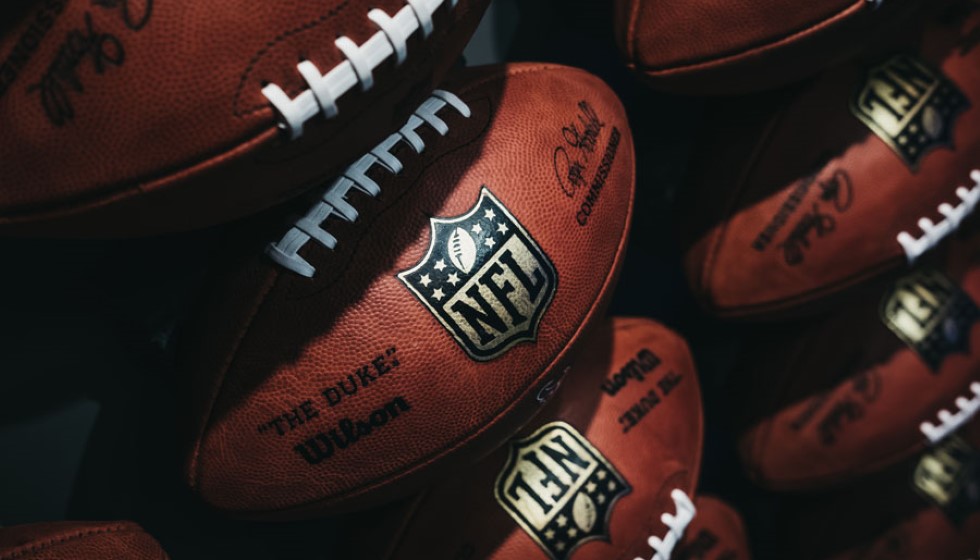
The NFL's ongoing battle with the newly instituted hip-drop tackle rule has become a topic of intense scrutiny as the season unfolds. This rule, which draws a 15-yard penalty and an automatic first down, was introduced to enhance player safety by eliminating a particularly dangerous form of tackling. However, consistent enforcement has proven to be elusive in the initial stages of its implementation.
Concerns over the rule's enforcement became evident as early as Week 1, when officials missed calling at least two clear instances of hip-drop tackles. Bears linebacker T.J. Edwards was one such player who escaped penalty. Although Edwards avoided an in-game penalty, he may still face a fine from the league, showcasing the NFL's commitment to hold players accountable off the field as well.
Injury Sparks Debate
Adding fuel to the controversy is Houston Texans running back Joe Mixon, who left the field with an ankle injury during Sunday's game, an injury that many believe was the result of a hip-drop tackle. Mixon, who was later listed as questionable, managed a comeback in the fourth quarter. Yet, the incident has raised questions about the efficacy of the new rule.
Head coach DeMeco Ryans of the Texans expressed his concern, stating, "Joe got rolled up. The guy's weight definitely came down on his ankle. Didn't look good from my view." Ryans' keen observation hints at the severity of Mixon's injury and underscores the potential risks posed by such tackles. He added, "We'll evaluate Joe throughout the week. Hopefully he's okay. Have to see the film and see if it was really a hip-drop tackle."
Definition and Risk
The NFL has categorized the hip-drop tackle as a foul that occurs when a player grabs the runner with both hands or wraps the runner with both arms, unweights himself by swiveling and dropping his hips and/or lower body, landing on the runner's legs at or below the knee. This method increases the risk of severe leg injuries, potentially sidelining players for extended periods.
Joe Mixon summed up the players' sentiment in a poignant tweet: "The NFL and NFLPA made it a rule and an emphasis for a reason. Time to put your money where your mouth is." His words resonate strongly within a league that prioritizes player safety but struggles with consistent rule enforcement.
Challenges in Enforcement
Through the first 31 games of the season, the NFL's officiating body has faced challenges in consistently applying this rule. Multiple instances of hip-drop tackles have been observed, yet penalties remain scarce. This inconsistency not only undermines the rule's primary intention but also jeopardizes player safety.
Officials are bound by a crucial responsibility to ensure all safety measures are upheld throughout the game. Failures in this regard compromise both the integrity of the game and the well-being of its players. The importance of rigorous enforcement cannot be overstated, as it serves as a deterrent against dangerous plays and upholds the sport's ethical standards.
Future Implications
With the season still in its initial phase, only time will tell how rigorously the hip-drop tackle rule will be enforced moving forward. Consistent officiating is essential to preserve the rule’s integrity and achieve its intended purpose of protecting players from severe injuries.
As the league moves ahead, the NFL and its officiating body must adapt and refine their enforcement strategies to ensure player safety is not compromised. The stakes are high, and the consequences of inconsistent calls can have lasting implications on players' careers and the game's credibility.
Joe Mixon's MRI results will undoubtedly be watched closely by fans and analysts alike, embodying the real-life repercussions of the league's struggle with rule enforcement. The NFL's journey toward consistent application of the hip-drop tackle rule is far from over, and its outcome will significantly impact how player safety is perceived and managed in the years to come.